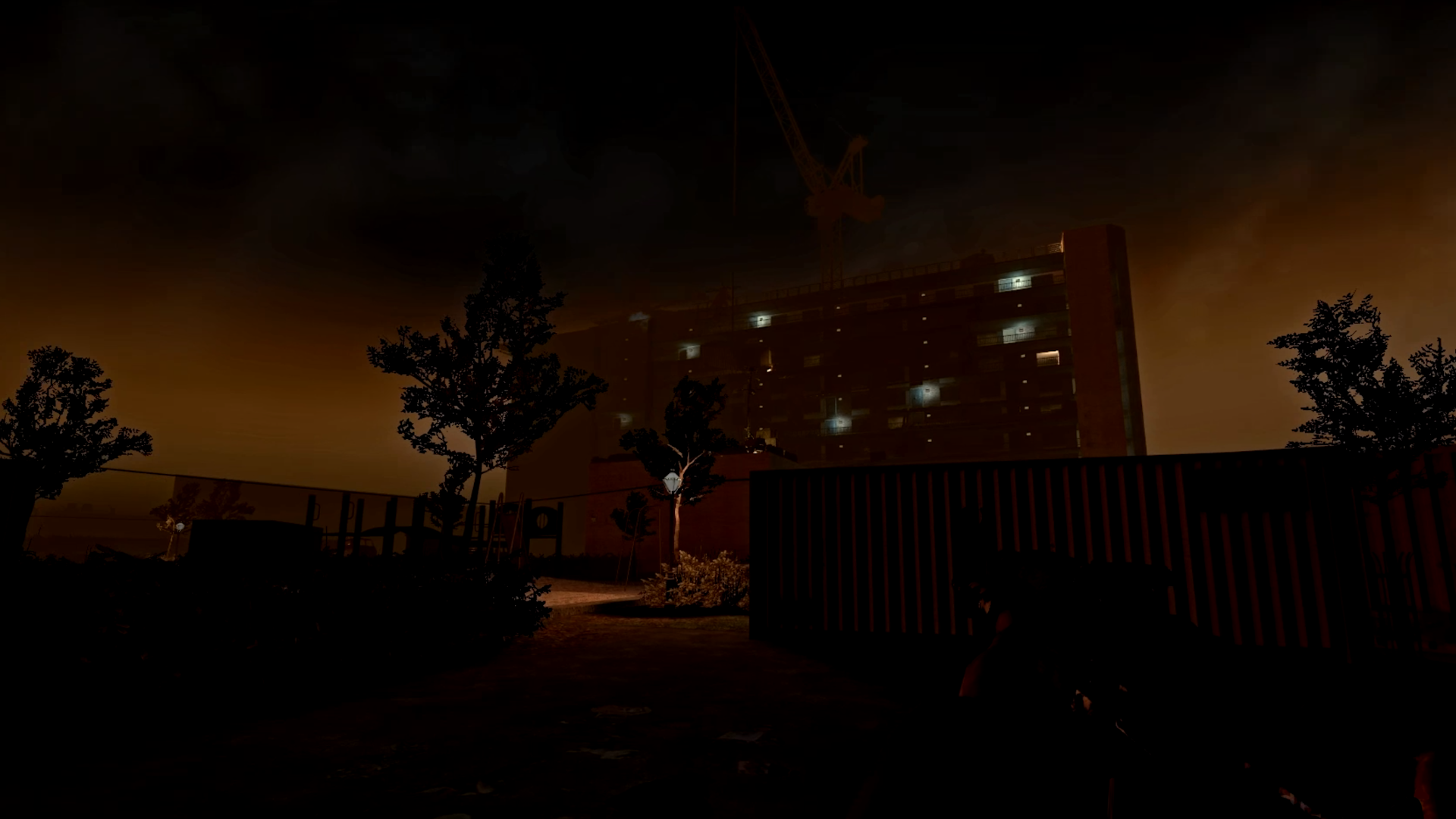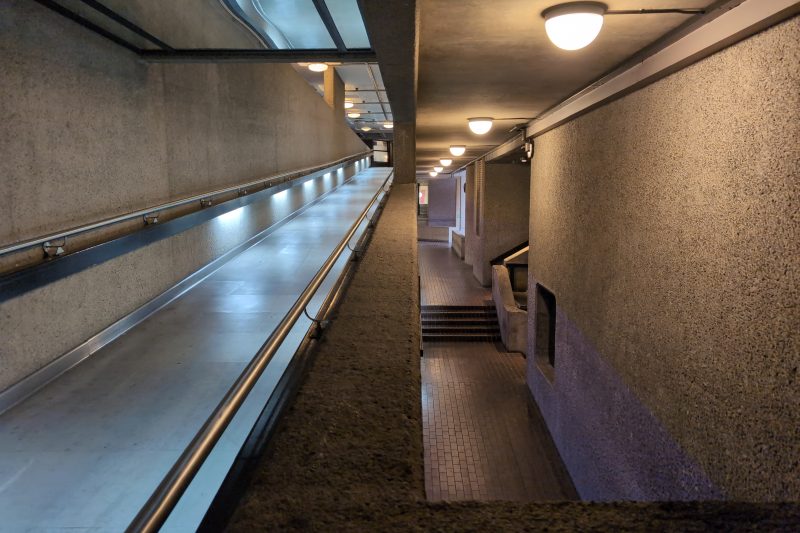A note to myself, 10 years ago.
When I sat down in front of my PC to start working on my first Left 4 Dead level, I thought all “real” Level Designers had everything figured out. They seemed to know exactly where to go and how to get there.
The few “how-to” Level Design resources I found online told me to write elaborate pre-production documents — because that was “the quickest way to iterate”. But how was I supposed to know what needed iteration? I had a — perfectly rounded — zero hours of experience.
Naturally, this approach only resulted in me staring at a Word document for hours, until I got mildly disappointed with my lack of progress. So instead, I decided to explore the tools — playfully creating small, isolated arenas, and tinkering with scripting setups that I snatched from existing maps — wandering, with no specific goal in mind, aside from learning and discovering more things to explore.
Or as I’ve come to call it, noodling.
Over time, this exploration turned into a Frankenstein of a “level” loosely based on my hometown — without zombies, mind you — because I couldn’t, for the life of me, figure out how to get “navmesh” working. Looking back, it was a mess. It was poorly constructed, disjointed, badly lit, and very repetitive.

But I love it.
It got me over the hump and taught me my first real lesson: the only way I’ll get better at Level Design is by doing it. And as a nice bonus, I now knew a bit more about the tools at my disposal — knowledge I could carry into my next project!
“The only way I’ll get better at Level Design is by doing it.”
This experience paved the way for future maps. And while noodling, failure is never really an option — because I either learn something, or end up making a playable level.
Realizing that felt incredibly freeing.
I still noodle to this day, the only difference is that I do so with 10 years’ worth of professional noodling experience under my belt. That experience has become a library of ideas — things I’ve tried, abandoned, failed at, succeeded with, avoided — and everything in between. It’s become a point of reference, something I can draw upon at any time.
And if I don’t know where to go next, I’ll just noodle some more. Maybe with some entities I haven’t touched yet? Or an underused mechanic we’ve had lying around? Maybe I should just wander the space for a while, see if something clicks? Who knows — there is no incorrect place to start. Noodling allows for passive exploration without fear of failure — it gets me to places I could never have dreamed of while staring at a blank page.
Recognizing when to keep noodling — and when to stop — is one of my favourite instincts to hone, and something I highly value and encourage.
When working on an unreleased game that’s (hopefully) trying to break some new ground, there is no blueprint — and few, if any, established rules. That’s what a development team is exploring in those early stages (and often well beyond, in my experience). My approach to this exploration is noodling.
As much as some of the resources online made me believe that design could be boiled down to an exact science or perfected on the page — I’ve found that, for me, it can’t. Not in the way my brain works, nor on the projects I have been a part of. I can’t playtest a document. My Level Design process involves wandering inside unfinished spaces, soaking up their potential, until something either clicks or snaps.
So to me, 10 years ago —
You don’t need a perfectly documented plan.
Just keep noodling.
You’ll be just fine.
